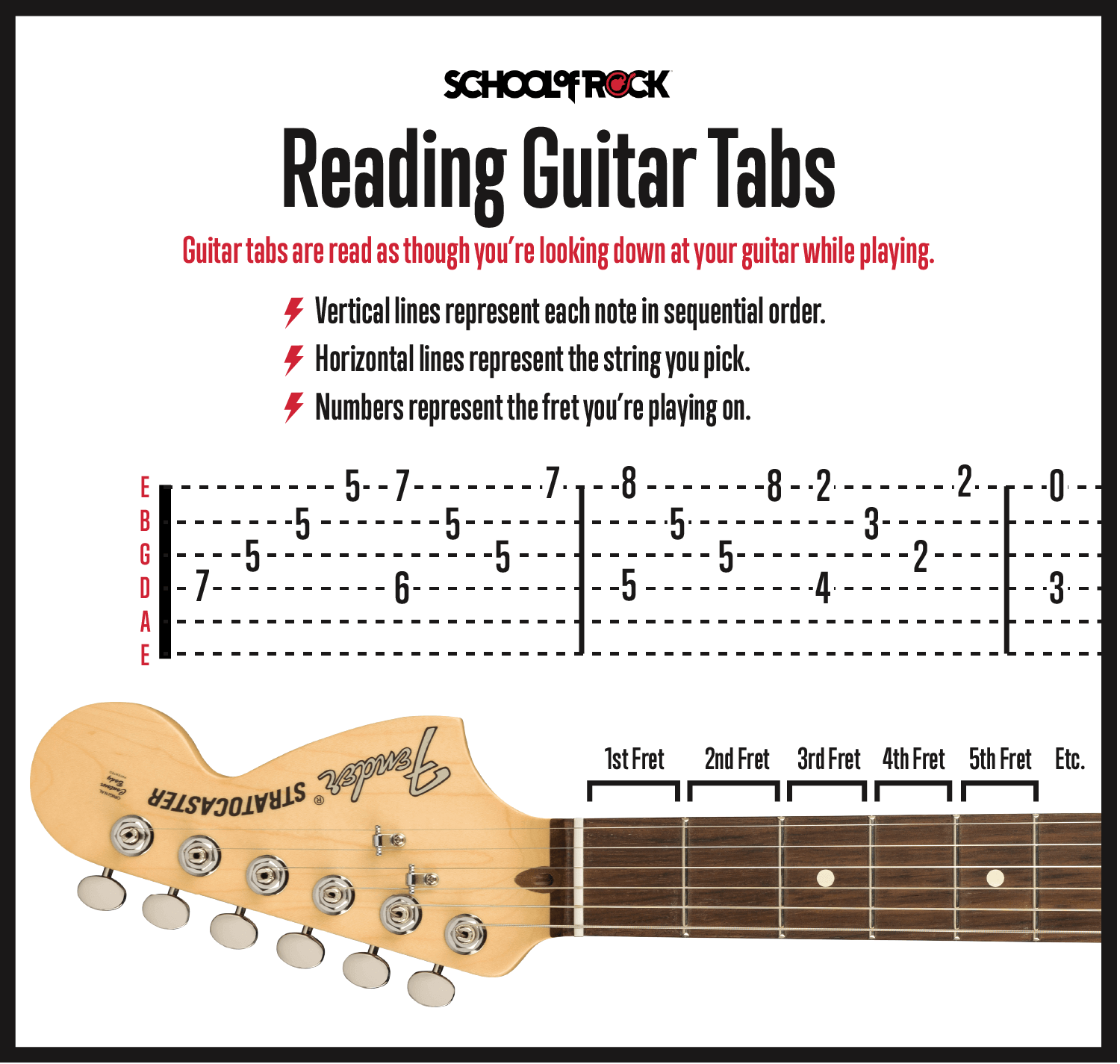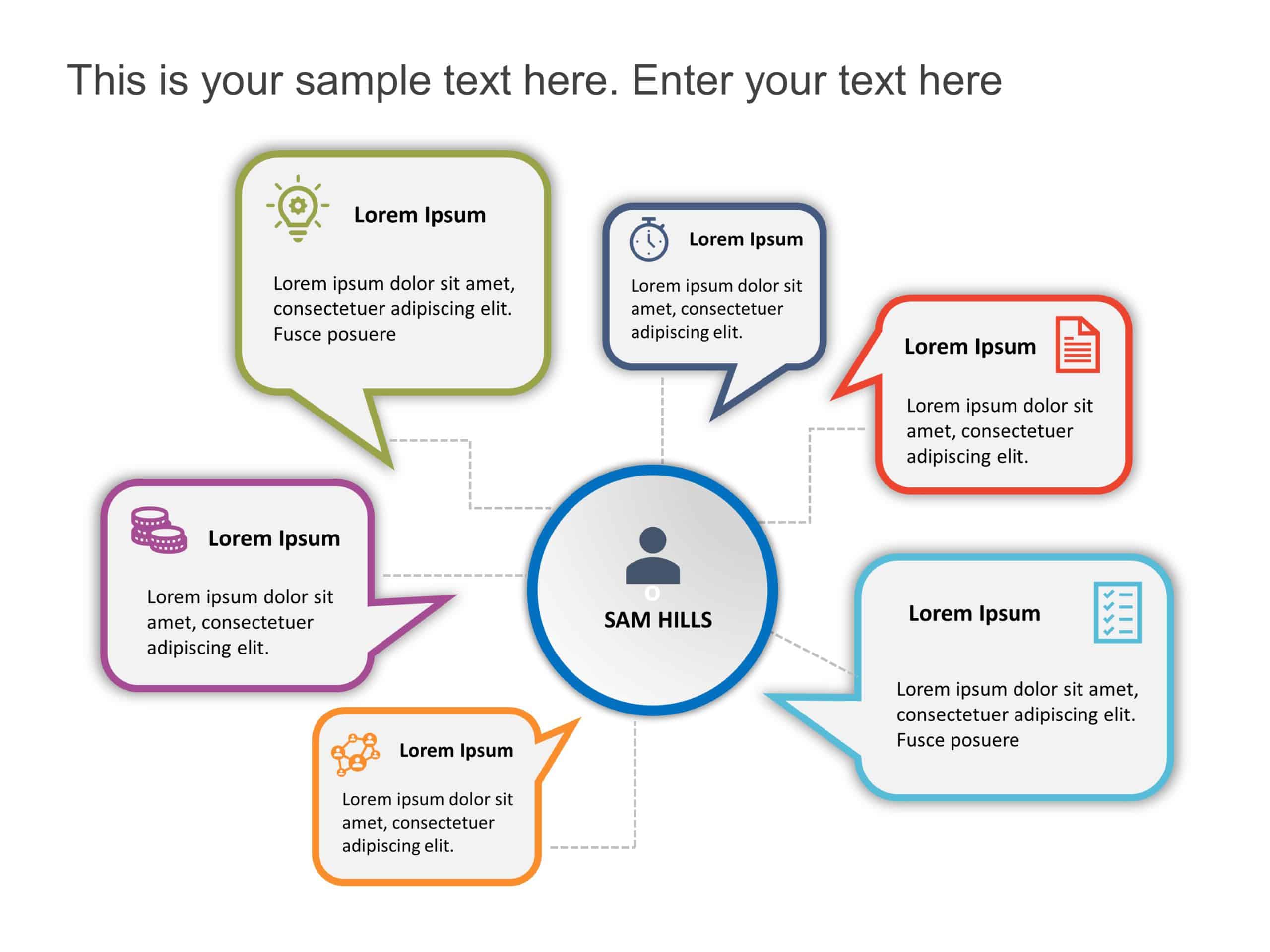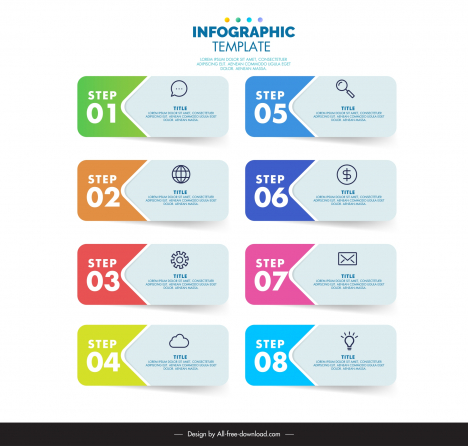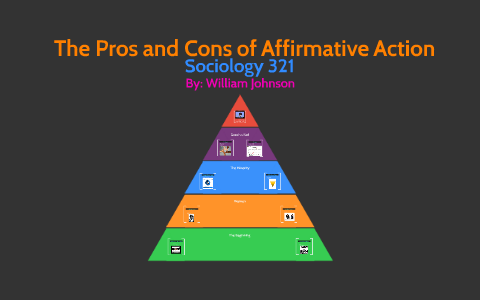Bubble Up Your Tabs: 3 Easy Steps

For many internet users, tabs have become an integral part of their browsing experience. Whether it's keeping multiple websites open for quick reference, managing ongoing tasks, or simply having a collection of interesting articles to read later, tabs are a handy feature. However, as the number of tabs grows, so does the challenge of keeping track of them all. This is where the concept of "bubbling up" your tabs comes into play, offering an organized and efficient solution.
Understanding the Tab Dilemma

Imagine opening a new tab for every intriguing article, tutorial, or product you stumble upon online. Before you know it, your browser is brimming with tabs, each one a reminder of something you wanted to explore further. While this method might work for a handful of tabs, it quickly becomes overwhelming and inefficient. Tabs can easily get lost in the crowd, leading to frustration and wasted time.
The issue isn't just about having too many tabs open; it's about the lack of organization and the impact it has on our productivity and focus. A cluttered tab bar can make it difficult to find the information we need, distract us with unrelated content, and even impact our browser's performance.
Introducing the Bubble-Up Method

The “bubble-up” technique is a simple yet effective strategy to manage and organize your tabs. It involves a three-step process that transforms your tab bar into a well-structured, easily navigable system. By implementing this method, you can improve your browsing experience, enhance your productivity, and say goodbye to tab-related headaches.
Step 1: Prioritize and Categorize
The first step in bubbling up your tabs is to prioritize and categorize them. Take a moment to assess the tabs you have open and decide which ones are most important or urgent. Consider the purpose of each tab: is it something you need to refer to frequently, a task you’re working on, or simply an interesting article you want to read later?
Create categories or groups based on the nature of the tabs. For instance, you might have a group for ongoing projects, another for research materials, and a third for personal interest articles. By categorizing your tabs, you create a logical structure that makes it easier to find and manage them.
You can use color-coding or labels to further distinguish between different types of tabs. For example, green for project-related tabs, blue for research, and yellow for personal interest. This visual cue can help you quickly identify and navigate to the tabs you need.
Step 2: Consolidate and Organize
Once you’ve categorized your tabs, it’s time to consolidate and organize them. This step involves grouping similar tabs together and arranging them in a logical order. Start by dragging and dropping tabs within the same category to create clusters. Place the most important or frequently used tabs at the beginning of each cluster.
Consider using bookmark folders or dedicated tabs for each category. This way, you can easily access and manage all the tabs within a specific group. You can also rename these folders or tabs to provide a clear indication of their content, making it even easier to navigate.
If you have a large number of tabs, you might want to consider using tab management extensions or tools. These can help you organize and visualize your tabs more effectively, especially if you frequently work with dozens or even hundreds of open tabs.
Step 3: Maintain and Optimize
Maintaining and optimizing your tab organization is an ongoing process. As you continue to browse and open new tabs, make sure to regularly review and update your categories and groupings. This ensures that your tab bar remains efficient and reflects your current priorities.
Periodically go through your tabs and close any that are no longer relevant or necessary. This not only keeps your tab bar tidy but also improves your browser's performance. Additionally, consider setting aside dedicated time each day or week to review and organize your tabs, especially if you tend to accumulate a large number of them.
You can also explore advanced tab management techniques, such as using keyboard shortcuts or mouse gestures to navigate and manage your tabs more efficiently. These can save you time and make your browsing experience even smoother.
| Tab Management Tips | Description |
|---|---|
| Use Tab Groups | Most modern browsers offer built-in tab group features. Utilize these to organize your tabs into visually distinct groups, making it easier to manage and navigate. |
| Pin Important Tabs | Pin frequently used or important tabs to keep them easily accessible. Pinned tabs remain visible and accessible, even when other tabs are closed. |
| Utilize Bookmark Syncing | If you work across multiple devices, ensure your bookmarks are synced. This way, you can access your organized tabs and bookmarks seamlessly, regardless of the device you're using. |

Benefits of Bubble-Up Tab Management
Implementing the bubble-up method for tab management offers a range of benefits that can enhance your browsing experience and overall productivity.
- Improved Focus: By organizing your tabs, you reduce distractions and visual clutter, allowing you to focus more effectively on the task at hand.
- Enhanced Productivity: With a well-structured tab bar, you can quickly access the information or resources you need, saving time and improving your workflow.
- Better Browser Performance: Closing unnecessary tabs and keeping your tab bar tidy can significantly improve your browser's performance, especially when dealing with a large number of open tabs.
- Increased Efficiency: The bubble-up method streamlines your tab management, making it easier to navigate and manage your tabs, even when you have dozens or hundreds of them open.
- Reduced Stress: A cluttered tab bar can be a source of stress and frustration. By implementing this method, you create a calm and organized browsing environment, reducing anxiety and improving your overall browsing experience.
Real-Life Success Stories
Many users who have adopted the bubble-up method for tab management have experienced significant improvements in their browsing experience and productivity.
For instance, Sarah, a digital marketer, used to struggle with an overwhelming number of open tabs, making it difficult to find the resources she needed quickly. After implementing the bubble-up technique, she noticed a significant increase in her efficiency. "I can now easily locate the tabs I need, and my workflow has improved dramatically," she says. "It's like having a well-organized digital workspace."
John, a software developer, also found success with this method. "I often have multiple projects and tasks running simultaneously," he explains. "The bubble-up technique has helped me keep track of my progress and quickly switch between different tasks. It's a game-changer for my productivity."
These real-life success stories highlight the power of effective tab management. By taking control of your tabs and implementing a structured approach like the bubble-up method, you can transform your browsing experience and achieve greater productivity.
Conclusion

In a world where we constantly juggle multiple tasks and sources of information, effective tab management is more important than ever. The bubble-up method provides a simple yet powerful solution, allowing you to transform your tab bar into a well-organized, efficient system. By prioritizing, categorizing, and maintaining your tabs, you can improve your focus, productivity, and overall browsing experience.
So, the next time you find yourself overwhelmed by a sea of open tabs, remember the bubble-up method. With a few simple steps, you can take control of your tabs and unlock a more organized and productive browsing journey.
What if I have a large number of tabs and need to manage them efficiently?
+If you frequently work with a large number of tabs, consider using tab management extensions or tools. These can help you organize and visualize your tabs more effectively, especially when dealing with dozens or even hundreds of open tabs.
Are there any browser-specific features or tools that can assist with tab management?
+Most modern browsers offer built-in features for tab management, such as tab groups and pinning. Additionally, many browsers support extensions or add-ons that can enhance your tab management capabilities. Explore the options available in your preferred browser to find the tools that work best for you.
How often should I review and organize my tabs to maintain an efficient tab bar?
+The frequency of tab organization depends on your personal browsing habits and the number of tabs you typically have open. As a general guideline, it’s beneficial to review and organize your tabs at least once a week. However, if you accumulate a large number of tabs daily, consider setting aside dedicated time each day to maintain a tidy tab bar.



